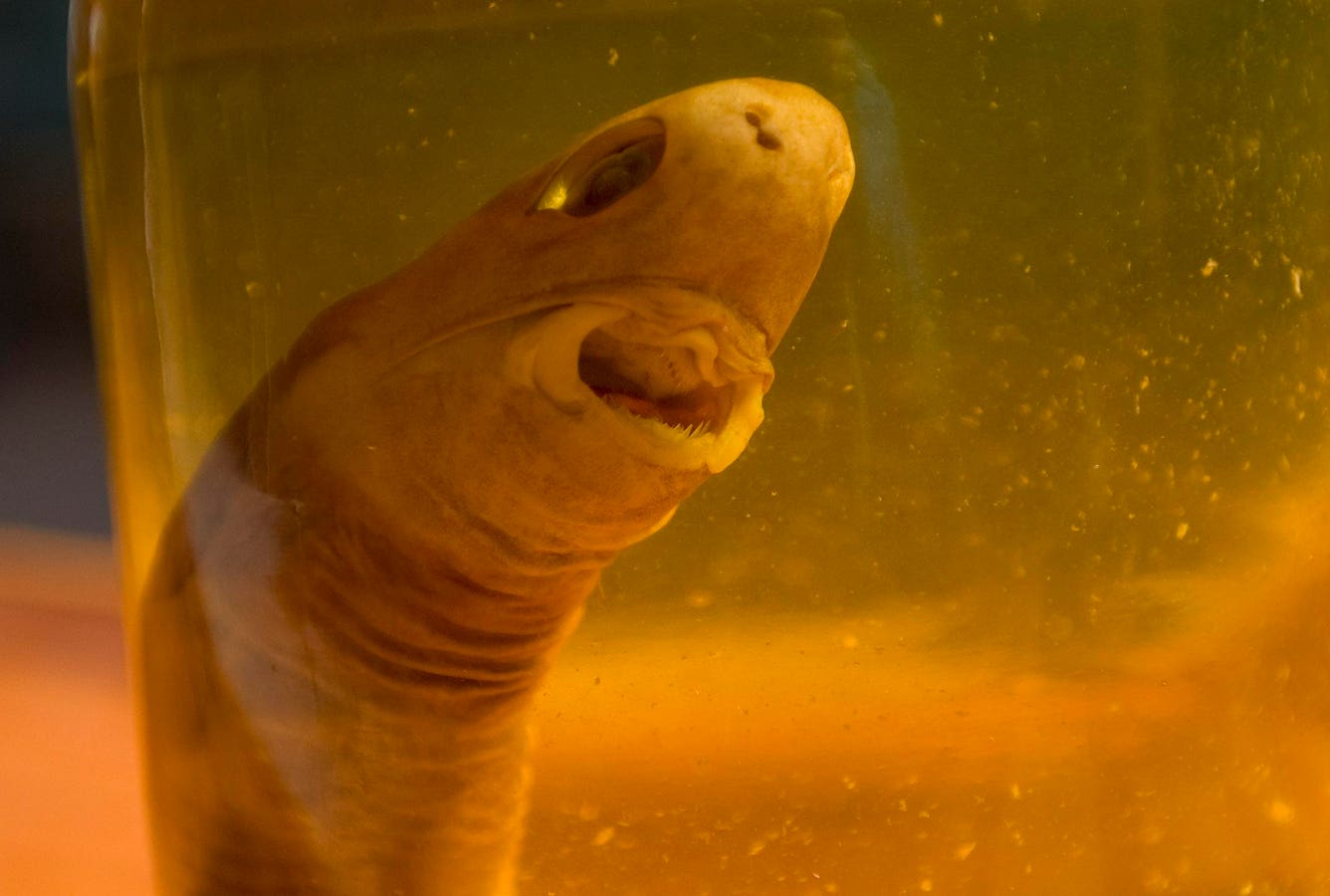How could a shark slightly bigger than a person’s hand bring down a colossal catamaran? That’s the puzzling question that emerged in the early hours of Wednesday, as a trio of sailors embarked on a round-the-world voyage found themselves in a perilous situation. Roughly 500 miles (800 kilometers) off the coast of Cairns, Australia, their vessel came under attack by cookiecutter sharks, prompting them to activate an emergency beacon as their boat started to sink.
Cookiecutter sharks are a peculiar and captivating species of shark. Relatively small, typically measuring around 16 to 20 inches (40 to 50 centimeters) in length, with dark brown to black-colored bodies. What sets them apart from other sharks are their distinctive feeding habits and specialized dentition. They attach themselves to larger marine creatures, like dolphins, whales, or submarines, using their lips and unique jaw structure. Then, their neatly arranged, cookie cutter-shaped teeth to remove circular plugs of flesh from their hosts, leaving characteristic ‘cookie-cutter’ wounds. Their bioluminescent photophores emit a subtle greenish glow, helping them blend into the ocean’s ambient light and evade both predators and prey. Cookiecutter sharks inhabit deep-sea environments, typically residing at depths ranging from approximately 656 to over 11,500 miles (200 meters to over 3,500 meters), favoring warm tropical and subtropical waters. They have a global presence in oceans, with a wide distribution across the Atlantic, Indian, and Pacific Oceans.
Which is how they came in contact with the almost 30 foot (9 meter) Tion-Russian Ocean Way.
But this maritime story maritime commenced on July 1, 2021, departing from St. Petersburg with the ambitious goal of breaking the world record for the greatest cruising distance covered in an inflatable sailing trimaran. Their voyage had so far covered an extensive route, spanning from Russia to Finland, Sweden, Denmark, Germany, France, Spain, Portugal, Morocco, the Canary Islands, crossing the vast South Atlantic Ocean to Cabo Verde, then onward to Brazil, Uruguay, and Argentina. Navigating through the challenging Straits of Magellan, they continued their journey across the vast Pacific Ocean, making stops in Tahiti, Samoa, Fiji, and Vanuatu, before finally reaching the shores of Australia. The crew, consisting of Russians Evgeny Kovalevsky and Stanislav Beryozkin, along with Vincent Thomas Garate from France was in the Coral Sea when it was attacked and deflated, leading to a perilous situation in the middle of the night.
Part of a Russian Geographical Society circumnavigation endeavor, the crew became acutely aware of the cookie-cutter sharks’ unique threat before the boat’s ultimate demise. As opportunistic parasites, they took interest in the catamaran. “During the inspection of the catamaran, many bite marks of small ‘cigar’ sharks were found. It’s good that they don’t have enough strength to bite through the dense material,” Russian Geographical Society blog writer Alexander Zhirnov says. And though the crew managed to repair approximately 20 bite marks during their voyage, the sponsons (the inflatable catamaran hulls), eventually succumbed to the sharks, necessitating a rescue operation.
The crew expressed their gratitude for reaching dry land after several weeks at sea, and that they were not afraid to continue their journey. Mr. Kovalevskiy, 66, said they expect to stay in Australia for up to two months to plan a way forward: “We are ready for such a situation. When you’re completely just smashed into nothing, it’s most important to stand up again. Our destiny is very important — this is history, this is the glory of Russia. This is a geographical lesson for the school children and the main mission is friendship amongst the people. In extreme adventure is normal that something happens all the time.” Despite the setback in time, the sailors’ resilient spirit and determination remain unwavering as they prepare to continue their journey. They plan to document their experiences through videos for Russian TV and educational materials for schools in Russia.
While sharks are not typically known for sinking boats, there have been some rare instances where sharks have damaged or capsized small boats. These incidents are infrequent and usually involve smaller vessels, such as kayaks, canoes, or smaller fishing boats. Scientists believe sharks may be attracted to the vibrations or movements of the boat, and in some cases, they might investigate by biting or bumping the boat, which can result in damage. However, it’s important to note that these situations are exceptions rather than the rule. Such incidents are extremely rare and often due to specific circumstances or factors that attracted the sharks to the boat.
Read the full article here





